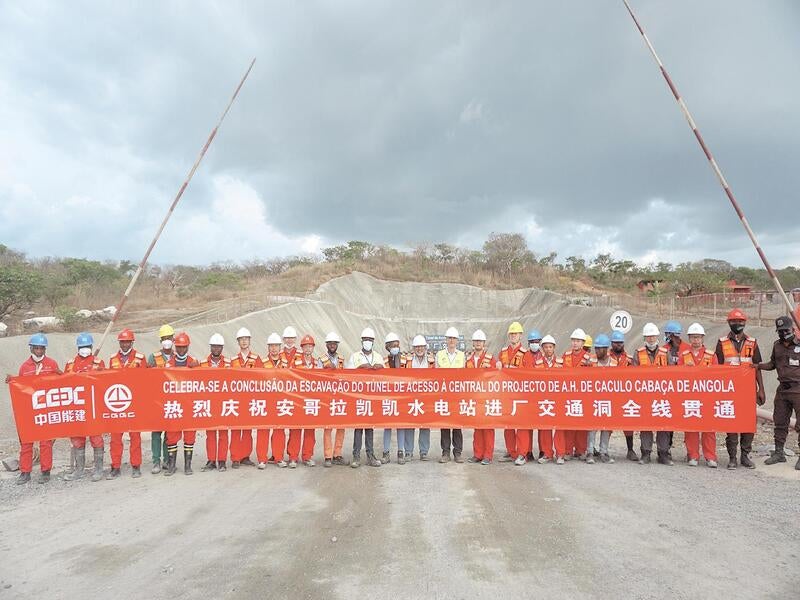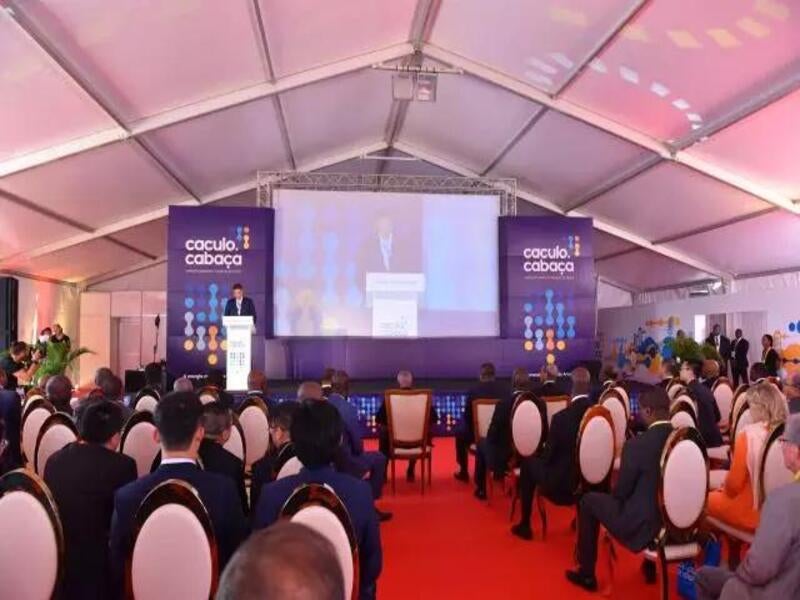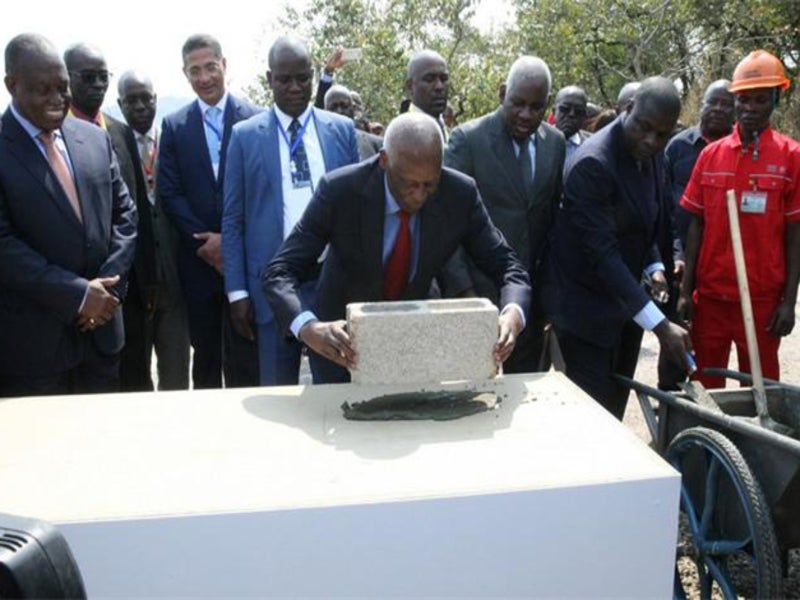The Caculo Cabaça hydropower project is a 2,172MW run-of-the-river hydroelectric facility under construction in the Kwanza Norte Province of Angola.
The project is being developed by Angola’s Ministry of Energy and Water (MINEA) with a total estimated investment of approximately £3.47bn ($4.53bn).
The final feasibility study report was prepared in July 2015, followed by the completion of the environmental impact study (EIS) in December 2015.
The construction works on the project were started in August 2017 with commissioning expected by 2024.
Upon completion, Caculo Cabaça is expected to be the biggest hydroelectric facility in Angola, surpassing the 2,070MW installed capacity of the Laúca hydroelectric power station.
At full capacity, the Caculo Cabaça hydroelectric power station is estimated to generate up to 8123GWh of electricity annually.
Location and site details
The Caculo Cabaça hydropower project is located in São Pedro da Quilemba, in the midstream of the Kwanza River, approximately 74km away from the Dundo city, in the Kwanza Norte province of Angola.
The project site is situated approximately19km upstream of the Laúca hydropower station and approximately 270km east of Angola’s capital city Luanda.
Caculo Cabaça hydropower station make-up
The Caculo Cabaça hydropower project comprises a 103m-high concrete dam with a crest length of 553m, an underground powerhouse equipped with four 530MW turbine generator units, as well as a 52MW ecological power plant located adjacent to the dam.
The storage capacity of the dam is approximately 440 million cubic metres (mcm).The dam’s hydraulic structure includes a controlled frontal spillway with five radial gates with a design flow rate of 10.02m3/s. The bottom outlet of the structure is formed by two lined tunnels.
The central body of the dam comprises two saddle dams, closed by concrete weirs, 525m and 192m long, and 36m and 4m wide respectively.
The water intake structure for the plant will be located approximately 2.4km upstream of the dam’s left abutment. The underground powerhouse will receive the water supply through four 300m-long concrete lined headrace tunnels with an inner diameter of 9m each.
The powerhouse cavern will measure 221m-long, 26.5m-wide, and 68m-high. The turbines inside the powerhouse will operate with a design water flow rate of 1100m3/s, while the water operating head between the reservoir and the power plant is 215m. The water from the powerhouse will be released back to the river through two 16m-diameter, and approximately 5.1km-long concrete lined tailrace tunnels.
The 52MW ecological power plant will also have its water intake, headrace tunnel, and tail water canal facilities. Its turbine will be designed to operate at a water flow rate of 60m3/s.
Power evacuation
The electricity generated by the Caculo Cabaça hydropower station will be evacuated through a 400kV power transmission line.
The project also involves the construction of a 220kV ancillary substation for the ecological hydropower plant.
Project financing
The Caculo Cabaça hydropower project is being financed through approximately £3.14bn ($4.1bn) loan provided by the Industrial and Commercial Banks of China (ICBC), along with the Bank of China’s Beijing Branch, China Construction Bank of Beijing, China Minsheng Bank, Ping An Bank, and the Bank of China’s Shanghai Pilot Trade Zone Branch.
Contractors involved
China Ghezouba Group Company (CGGC), in consortium with Boreal Investments and Niara Company signed an agreement with the Ministry of Water Resources of Angola (MINEA) for the construction of the Caculo Cabaça hydropower project in June 2015. The scope includes the civil construction works, as well as the installation and commissioning of the hydro-mechanical and electromechanical equipment.
COBA Group was contracted for the preparation of the final design and technical specifications for the project in 2014, while Fluidex and Progest were engaged for the preparation of environmental impact study in December 2015.
Changjiang Survey, Planning, Design and Research Company undertook the preparation of the feasibility study report for the project in July 2015.
China International Engineering Consulting Corporation (CIECC) was engaged for the consultation and technical advisory services in April 2016.
TPF Consultant Group was engaged for technical assistance advisory services to CGGC for the project in 2019.
Ashurst advised ICBC and the syndicate of other lenders for the financing of the Caculo Cabaça hydroelectric project in December 2016, while Norton Rose Fulbright provided financial advisory services for the project to the Ministry of Finance of Republic of Angola in January 2018.





